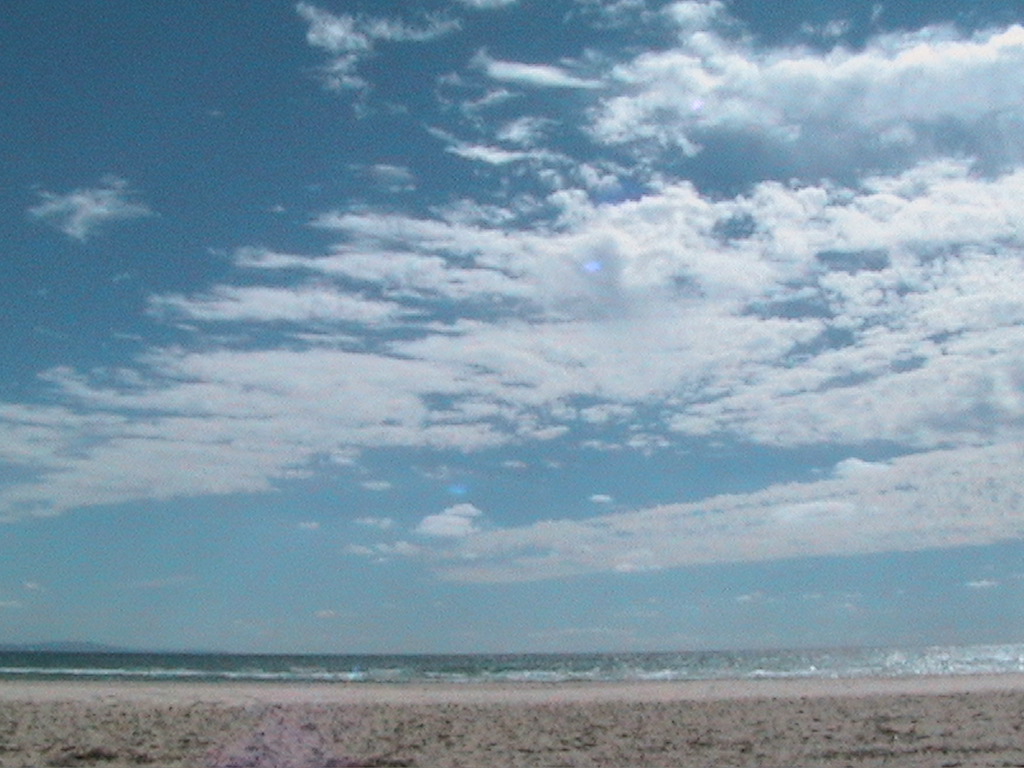Media Coverage of Recent Stabbings: A Critical Perspective
The recent coverage of the tragic stabbings by various media outlets has sparked quite a discussion about the ethics and responsibility of news reporting. Among these outlets, I’ve found a renewed respect for the ABC, while my regard for others has waned significantly.
One of the commendable aspects of ABC’s approach is their dedication to viewer discretion. They have been proactive in warning audiences about potential distressing content encountered online. In stark contrast, other media organizations have not hesitated to display graphic images of the victims.
ABC set a further example by respecting the family’s wishes not to publicize images of the deceased mother, who left behind a 9-month-old. Meanwhile, I noticed a different scenario when switching to Channel 9, which prominently featured her face. This pattern wasn’t limited to Channel 9 alone; various other channels, including 7 and 10, rushed to intrusively engage with visibly disturbed individuals exiting the crime scene.
Moreover, ABC’s treatment of the suspect’s identity was notably discreet. They identified the person responsible as “the attacker” after an initial mention by name, reflecting a careful balance of information and sensitivity. This nuanced approach was somewhat lacking on Channel 9, as the suspect’s name was repeatedly mentioned.
This comparison of media conduct highlights the significant disparities in how such delicate situations are handled. It underscores the pressing need for ethical journalism that respects the impacted individuals and their families while delivering necessary news updates.




The discrepancy in media coverage you pointed out highlights a critical issue in journalism ethics and the varying approaches different outlets take when reporting sensitive events like stabbings. The way media outlets choose to cover such incidents can significantly impact public perception and, importantly, the well-being of those directly affected by the tragedy.
Ethical Considerations in Reporting: The ABC’s approach, as you’ve described, aligns with what many believe to be a more ethical standard of journalism. By respecting the wishes of the victims’ families and being cautious with graphic content, they prioritize human dignity and empathy. This approach recognizes the potentially traumatic impact on viewers and respects the privacy of grieving families. Moreover, by limiting the use of the attacker’s name, they may also reduce the risk of glorifying the perpetrator, a practice sometimes referred to as “notoriety seeking.”
Sensationalism vs. Responsible Journalism: Other media outlets, as observed with Channel 9, often prioritize sensationalism, which can lead to the exploitation of victims and their families for higher ratings and clicks. Showing images of the deceased or intrusively interviewing traumatized individuals often serves to sensationalize rather than inform. This approach risks re-traumatizing those involved and sensationalizes the tragedy, shifting the focus from understanding and solving the issues leading to such events to merely capturing heightened emotional reactions.
Practical Advice for Consumers of News: For consumers, it’s crucial to be discerning about where and how they receive news. Prioritize outlets that adhere to high ethical standards and are transparent about their journalistic processes. If faced with distressing news, seek out coverage that respects all involved parties and aims to provide a comprehensive understanding rather than sensationalist snippets. It’s worth supporting media outlets like the ABC, which demonstrate a commitment to ethical journalism.
Conclusion: While the diverging approaches of media outlets may reflect larger industry pressures and audience demands, it’s essential for both journalists and consumers to advocate for more respectful and responsible reporting. Constructive criticism, like the one expressed in your comment, plays a vital role in holding media organizations accountable and encouraging a shift towards more ethical practices across the industry.